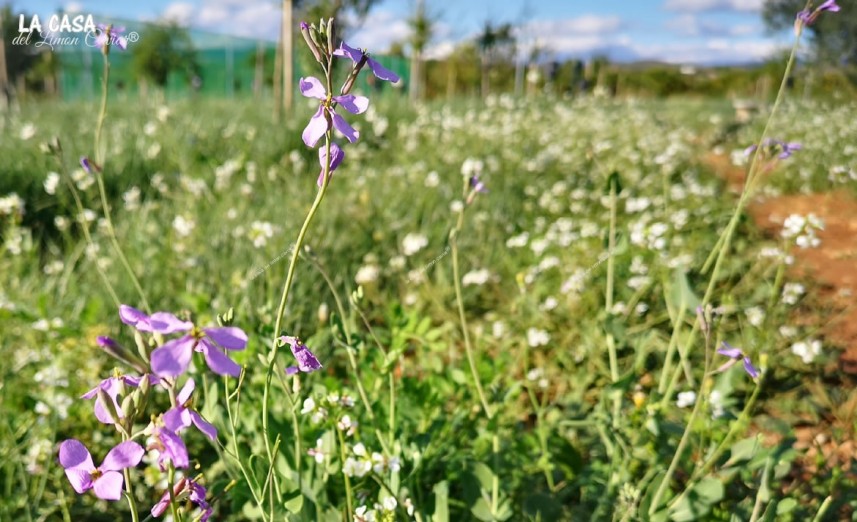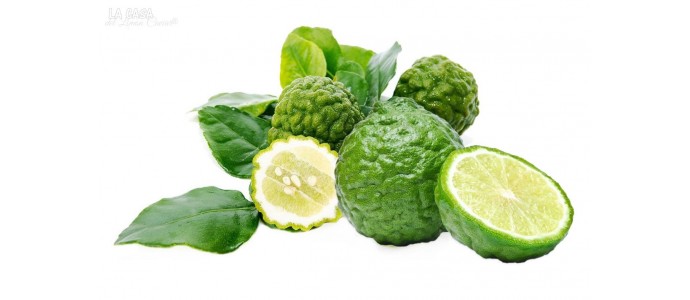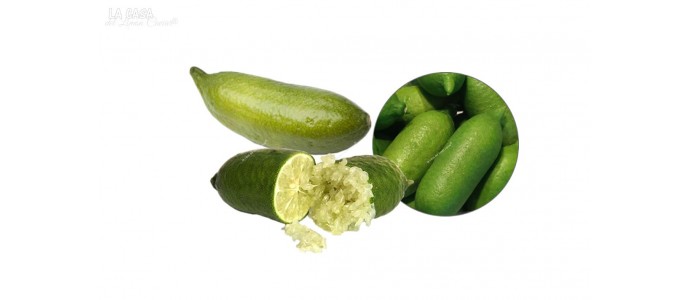What is High Environmental Value?

The High Environmental Value (HVE) is the highest level of French environmental certification for farms.
According to some companies, the High Environmental Value (HVE) label is trying to cannibalise the organic label.
The High Environmental Value (HVE) is the highest level of French environmental certification for farms.
According to some companies, the High Environmental Value (HVE) label is trying to cannibalise the organic label.
In June 2022, the European Commission expressed concern that the HVE standard offers the same level of remuneration as organic farming, even though its specifications are much less restrictive.
Organic farming is much more restrictive than the HVE label in terms of the products used (fertilisers, pesticides).
Thus, an apple bearing the HVE label may have been treated with various pesticides.
In short, the HVE label was promoted in FRANCE to help farms that could not do without pesticides and chemical fertilisers. Thus, with certain adjustments to their agricultural plots (restoration of hedges, grassed plots, water ponds, etc.), they could obtain an "environmental" label without eliminating the products used in their fields.
What is "High Environmental Value"? What criteria must be met to obtain it? Where can I find certified "High Environmental Value" farms in France? How to identify products from High Environmental Value farms? Which sectors are most involved in these practices?
What is "High Environmental Value"? What criteria must be met to obtain it? An original system with 3 levels to progress step by step:
Level 1: Compliance with the essential practices of the environmental regulations.
Level 2: Adoption of low environmental impact techniques.
level 3: measuring environmental performance thresholds in terms of biodiversity and low dependence on inputs.
Agro-ecology: the basis of High Environmental Value. Thus:
- They design production that favours ecosystems (soil fertility, protective fauna for crops, plant cover that favours soil life, permanent grasslands, etc.).
- Agricultural production aims to reduce pressure on the environment (reduction of greenhouse gas emissions, limitation of the use of inputs, preservation of water resources).
- They favour certain developments such as "green manure" plant covers and agroforestry.
- They try to set up a diversified landscape mosaic (crop diversification, rotations, etc.).







Comments
No comment at this time!